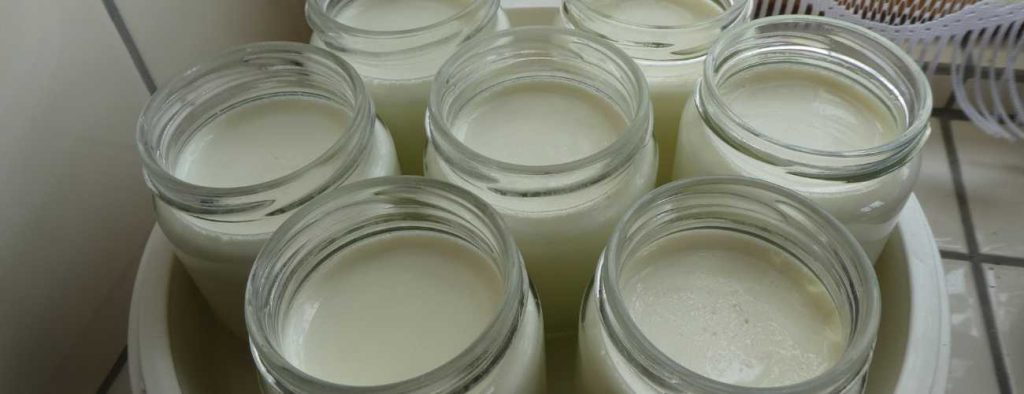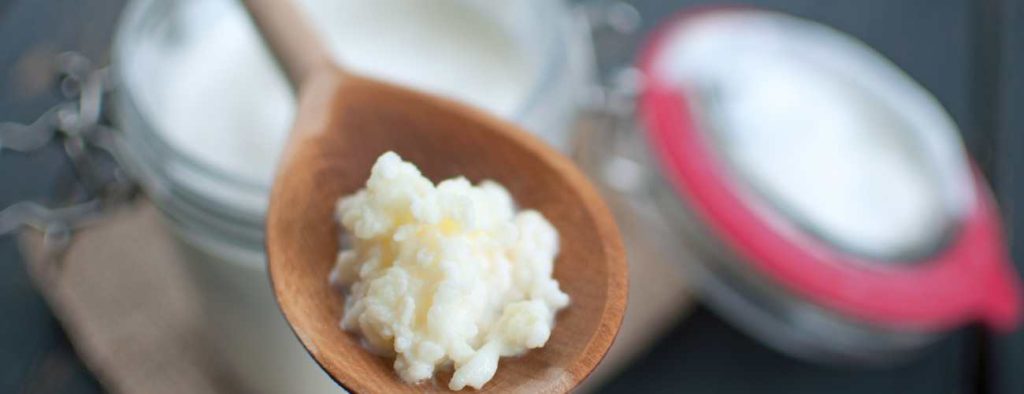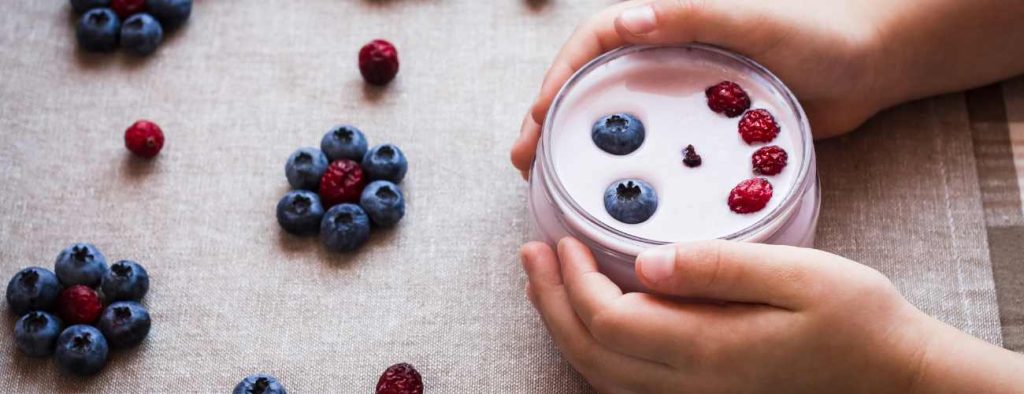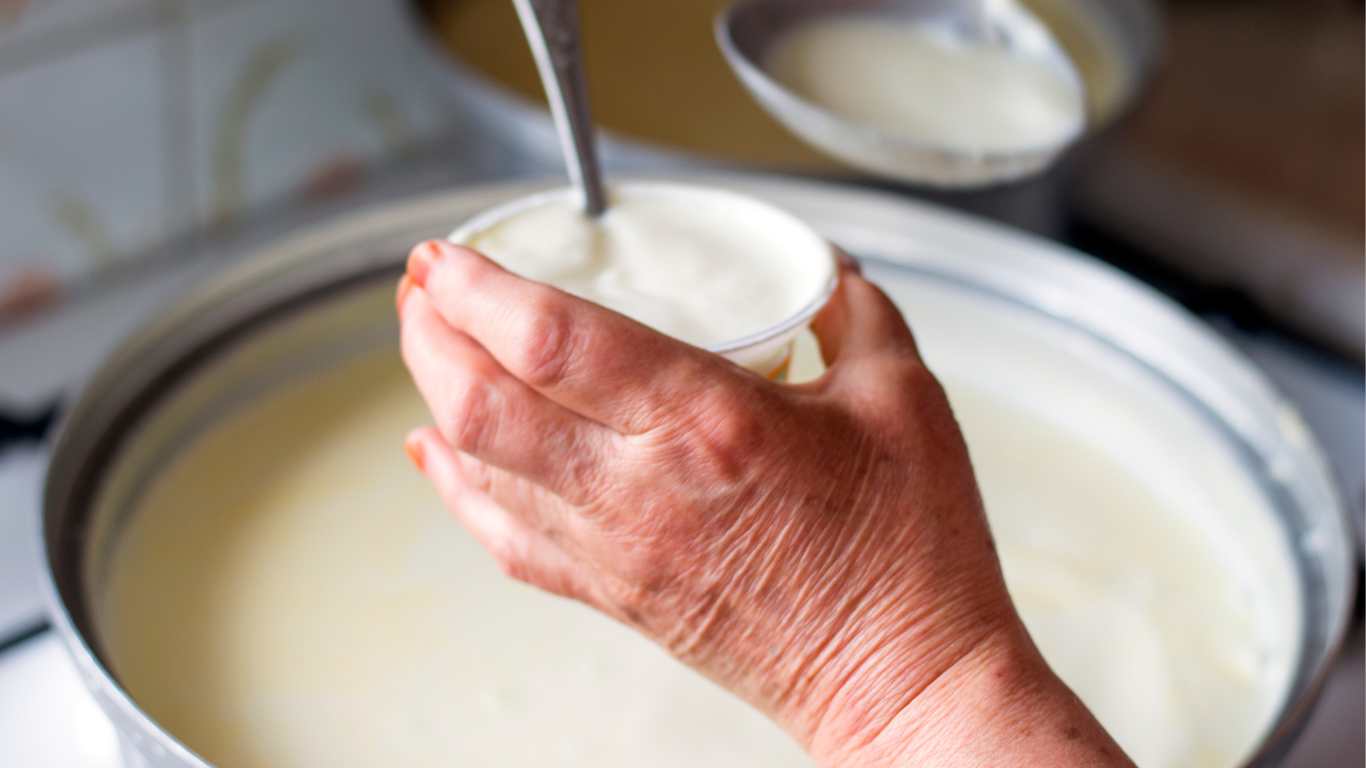Yogurt is a delicious and nutritious dairy product consumed for centuries. It is popular for its probiotic benefits and creamy texture. While making yogurt at home has become a popular kitchen experiment, many wonder if it’s possible to create yogurt without a yogurt starter. To understand that, we need to delve deeper into the topic.
The short answer is yes; it is possible to make yogurt without a starter. Yogurt is made when milk is fermented through beneficial bacteria. Yogurt can be made as these bacteria can be naturally present in the environment or within the milk.
Without a yogurt starter, many of us get confused about making yogurt. Most of us are unfamiliar with making yogurt without using starters, so we may mess up the recipe. So, it is essential to understand the mechanism of making yogurt, especially without a starter. This article will explore the concept of making yogurt without a starter.
Can You Make Yogurt Without A Starter?
Making yogurt without a starter is possible, but there is a lot to uncover. Yogurt is essentially fermented milk, and the fermentation process occurs when beneficial bacteria (Lactobacillus bulgaricus and Streptococcus thermophilus) convert lactose into lactic acid. Without a commercial yogurt starter, these bacteria can be found naturally.
We can find these good bacteria in the environment or the milk itself. In that case, we can make yogurt without using a starter. However, relying on ambient bacteria introduces unpredictability to the process. As a result, the resulting yogurt may have a different consistency and flavour than yogurt made with a starter.
Using a starter ensures a controlled environment for the beneficial bacteria to thrive, resulting in a more consistent and reliable batch of yogurt. If we have no starters, we can still make yogurt using alternate ways. Making yogurt without a starter relies on naturally occurring bacteria. In this method, we must embrace spontaneous or wild fermentation, allowing ambient bacteria to transform lactose into lactic acid.
This spontaneous approach introduces an element of variability in each batch. So, factors like temperature, hygiene, and the microbial content in the environment can influence the outcome. Some unconventional alternatives and natural ingredients have been explored for their potential as starters. Each contributes unique flavours and characteristics to the yogurt-making process.

What Is A Traditional Yogurt Starter?
A traditional yogurt starter is a small amount of previously made yogurt. It contains live cultures of Lactobacillus bulgaricus and Streptococcus thermophilus. This starter is added to fresh milk to kick-start the fermentation process to make the yogurt.
Traditional yogurt starters are usually the natural alternatives to store-bought yogurt starters. These are the live cultures present in the starter to multiply and convert the lactose in the milk into lactic acid. So, it results in thickening and souring the mixture to create yogurt. There are various types of traditional yogurt starters for you to look into. Some of them are given as follows.
Chili stems are often considered an unconventional choice as a traditional yogurt starter. However, they may contain naturally occurring bacteria contributing to fermentation. They introduce a unique element to the yogurt-making process. While not traditionally recognized as a starter, chili may carry naturally occurring bacteria that contribute to the fermentation of milk.
Chili Stems
The potential addition of spiciness or distinct flavors from the chili stems can create a one-of-a-kind yogurt experience. Adding chili stems introduces a distinctive flavor profile, potentially infusing the yogurt with uniqueness and the aromatic qualities of chili. But the taste and creamy texture of the yogurt remains perfect. Hence, chili stems stand as a popular traditional choice for yogurt starters.
Kefir Grains
Kefir grains are traditionally used for making kefir. However, they contain a symbiotic combination of bacteria and yeast. When introduced to milk, kefir grains initiate fermentation, creating a product with tanginess and probiotic richness. Although not conventional for yogurt, kefir grains add a unique dimension to fermentation.
The use of kefir grains may enhance the probiotic content of the yogurt. This contributes to the potential health benefits beyond what is typically associated with traditional yogurt starters. Despite not being conventional, kefir grains offer a unique twist to homemade yogurt. As a result, kefir grains are one of the most popular types of traditional yogurt starters.

Wildflower Honey
Wildflower honey is known for its diverse microbial content. While it contains natural sugars that can facilitate fermentation, the specific strains of bacteria and yeast in the honey may vary, resulting in a unique yogurt profile. Wildflower honey, with its diverse microbial content, can be considered an unconventional “traditional” yogurt starter.
The natural sugars in honey provide a medium for fermentation. Additionally, the varied strains of bacteria and yeast contribute to creating a distinctive yogurt flavour. The outcome may showcase the honey’s floral notes, making it a sweet, probiotic-enriched alternative. This unconventional approach results in a yogurt with added complexity in flavour.
If you would like to learn about honey fermentation, I recommend you to read my blog which goes into details how to ferment food in honey.
Fruit Peels and Herbs
Fruit peels and herbs may contain natural yeasts and bacteria that can initiate the fermentation process in milk. While not traditional, these elements introduce an experimental and creative aspect to yogurt-making. Experimenting with fruit peels and herbs as traditional yogurt starters adds an aromatic and flavourful dimension to the process.
The outer peels of fruits like apples, grapes, or citrus may contain natural yeasts and bacteria. These elements introduce a wild and unpredictable element to the fermentation, yielding a yogurt with a unique fusion of fruity and herbal notes.
Some herbs and spices, such as basil, thyme, or cinnamon sticks, have been used experimentally as yogurt starters. These herbs carry unique flavors, aromatic compounds, and the necessary good bacteria to ferment the milk. So, they add a distinctive touch to the yogurt through their distinct aromas and flavors. This traditional approach results in yogurt with a fusion of fruity and herbal notes.
Heirloom Yogurt Starters
Heirloom yogurt starters differ from commercial starters because they are passed down through generations. Each batch contributes to the lineage of microbial cultures, creating a unique flavour profile that evolves. Although unconventional in the commercial sense, heirloom starters have a historical and familial significance.
The microbial diversity in heirloom starters can result in yogurt with unique characteristics not found in commercially produced versions. This unconventional approach to yogurt-making allows for a sense of tradition and continuity. So, they preserve the microbial heritage from one batch to the next. This creates a unique flavour profile and brings a sense of tradition and familial connection to the yogurt-making process.
What Is The Best Milk For Homemade Yogurt?
The best milk for making homemade yogurt is whole milk with a high-fat content. This results in a creamier and more indulgent yogurt. 2% reduced-fat milk balances richness and a lower fat content for a lighter option.
The fat content of the milk plays a crucial role in determining the creaminess and richness of the yogurt. With its higher fat content, whole milk results in a creamier and more indulgent yogurt. For those looking for a lighter option, 2% reduced-fat milk balances richness and a lower fat content.
Yogurt can be made from various types of milk, including cow’s, goat’s, sheep’s, or non-dairy alternatives like almond, soy, or coconut milk. Non-dairy options are suitable for individuals who are lactose intolerant or follow a plant-based diet. However, it’s important to note that the choice of milk impacts the flavour and texture of the yogurt.
Using high-quality and fresh milk is essential for a successful yogurt-making process. Fresh milk contains a higher concentration of viable bacteria, providing a more favourable environment for fermentation. Choosing milk with no additives or preservatives is advisable for optimal results.

Conclusion
Making yogurt is commonly associated with using a yogurt starter. However, it is possible to make yogurt without a starter as the necessary bacteria can be present naturally.
At the same time, traditional starters can be used instead of commercial yogurt starters to make homemade yogurt. Thus, tasty and creamy yogurt can be made easily without a starter.
If you would like to learn more about fermentation and what you can ferment, I recommend you to read my blog which explores if you can truly ferment anything.



